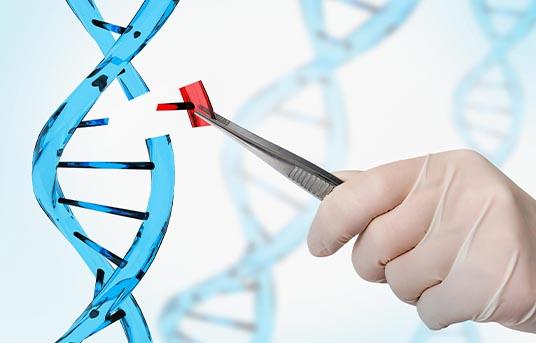Animal Models for Retinopathy of Prematurity

Retinopathy of prematurity (ROP) remains a major cause of visual impairment and a challenge for newborns worldwide. Our company is committed to establishing animal models for various types of ROP, aiming to help researchers better understand the pathogenesis of ROP, especially the mechanisms governing retinal angiogenesis. Our reliable experimental models allow researchers to explore the many factors that influence, for example, the role of oxygen, light conditions, and hyperglycemia in ROP development. In addition, these animal models can be used to evaluate antiangiogenic drugs to facilitate the development of new therapies for ROP and other vascular eye disorders.
Background
ROP is a multifactorial disease affecting the retina development in preterm infants, characterized by pathological angiogenesis or neovascularization (NV). Its incidence is increasing due to improved preterm infant survival. Prevention and treatment of ROP to improve preterm infant life quality have become the focus of global attention. Therefore, establishing suitable animal models of retinal NV has become a valuable tool to explore ROP mechanisms and evaluate the effects of its pharmacological treatment.
Animal models of oxygen-induced retinopathy (OIR) similar to the human condition have been established in cats, mice, rats, rabbits, dogs, and zebrafish. These animal models can reproduce some of the pathophysiological processes of ROP and be used to study retinal pathological NV and the molecular mechanisms involved and new putative therapies. With the widespread use of transgenic technology, OIR animal models have become more valuable for application.

Fig. 1 The mouse model of OIR. (Liu C H, et al., 2021)
Learn more:animal model of retinopathy of prematurity
- Art
- Causes
- Crafts
- Dance
- Drinks
- Film
- Fitness
- Food
- الألعاب
- Gardening
- Health
- الرئيسية
- Literature
- Music
- Networking
- أخرى
- Party
- Religion
- Shopping
- Sports
- Theater
- Wellness
- IT, Cloud, Software and Technology


